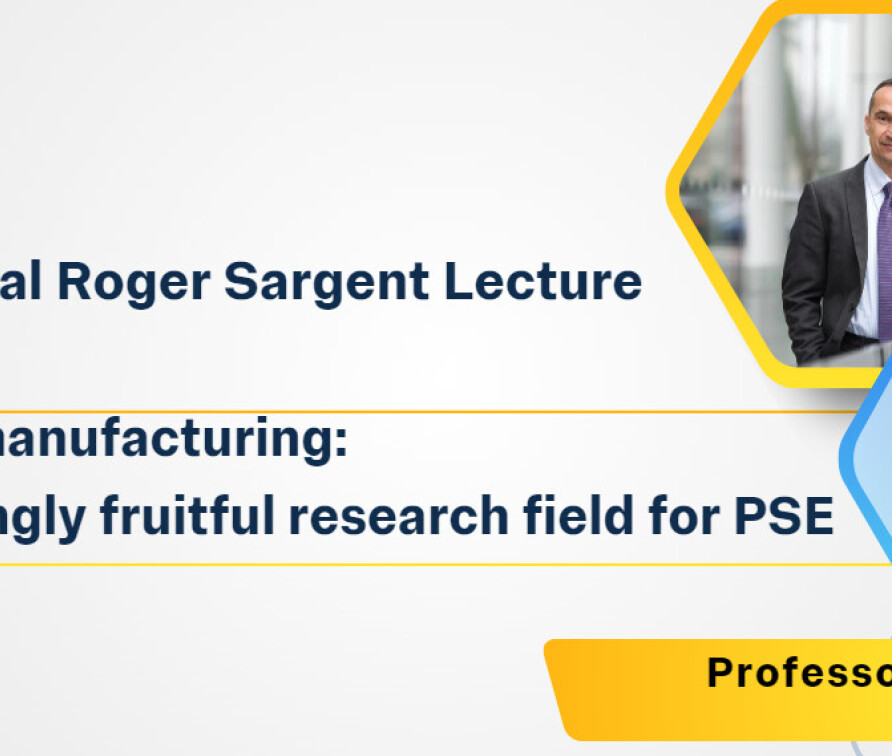
Live event link: Sir Ernst Chain Lecture 2021
Please click on the above link to access the live event.
Telomeres and telomerase: Basic science to human disease
Abstract
Telomeres are the structures at the end of chromosomes, made of repetitive DNA, that protect chromosome ends. Every time a cell divides, telomeres shorten by a small amount. This shortening is counter balanced by the enzyme telomerase, which adds telomere DNA repeats and elongates telomeres. Telomeres are thus not unique size but rather are maintained about an equilibrium length. If telomere length is not properly maintained, and they become too short and cause cell death. Problems with telomere length maintenance are associated with human disease including both cancer and age-related degenerative disease. Cancer cells increased telomere length to allow for continuous growth, conversely a failure to maintain telomeres in adult stem cells causes loss of tissue renewal. Short telomeres cause inherited Telomere Syndromes in humans, a group of diseases, which include, pulmonary fibrosis, emphysema, bone marrow failure and liver disease. The inherited Telomere Syndromes offer a way to study normal age-associated degenerative disease that affect the normal aging.
During this event, Nobel Prize winner, Dr Carol Greider will explain how she is seeking to understand the mechanisms that establish and regulate the telomere length equilibrium and how it relates to disease.
Biography
Carol Greider, Ph.D. received her bachelor’s degree from the University of California at Santa Barbara in 1983 and a Ph.D. in 1987 from the University of California at Berkeley. In 1984, working together with Dr. Elizabeth Blackburn, she discovered telomerase, an enzyme that maintains telomeres, or chromosome ends. In 1988, Dr. Greider went to Cold Spring Harbor Laboratory where, as an independent Cold Spring Harbor Fellow, she cloned and characterized the RNA component of telomerase. In 1990, Dr. Greider was appointed as an assistant investigator at Cold Spring Harbor Laboratory, followed later by appointment to Investigator in 1994. She expanded the focus of her telomere research to include the role of telomere length in cellular senescence, cell death and in cancer. In 1997, Dr. Greider moved her laboratory to the Department of Molecular Biology and Genetics at The Johns Hopkins University School of Medicine. In 2003 she was appointed as the Daniel Nathans Professor, and Director of the Department of Molecular Biology and Genetics. At Johns Hopkins University, Dr. Greider’s group continued to study telomerase and determined the secondary structure of the human telomerase RNA. In addition they characterized the loss of telomere function in mice, which allowed an understanding of short telomere syndromes in humans such as bone marrow failure, pulmonary fibrosis and other diseases. In 2009, Dr. Greider shared the Nobel Prize in Physiology or Medicine with Drs. Elizabeth Blackburn and Jack Szostak for their work on telomeres and telomerase. In 2020, Dr. Greider established her laboratory at the University of California Santa Cruz where her research group studies fundamental mechanisms of telomere length regulation.
Background to the Sir Ernst Chain Lecture
The Sir Ernst Chain Lecture is an annual event held by the Department of Life Sciences, Imperial College London. The Lecture commemorates the achievements of Sir Ernst both for humankind and for the establishment of the Biochemistry Department, a predecessor of the current Department of Life Sciences. In 1945 Ernst Chain, Alexander Fleming and Howard Florey received the Nobel Prize for Physiology or Medicine for the discovery and isolation of penicillin. Fleming made the original famous observation of the production of an “anti-bacterial agent” at St Mary’s but it was Ernst Chain who developed the process to isolate penicillin. In 1948 Ernst Chain was appointed to a Chair at Imperial and in the early 60’s was central the establishment of the Department of Biochemistry and the construction of a new building, generously funded by the Wolfson Foundation. As Head of Department, Chain gathered a strong team around him with much of the work being linked to antibiotic research with strong links were forged with the pharmaceutical industry. In 1973 Ernst Chain retired from the Chair of Biochemistry and became an Emeritus Professor until his death in 1979. In 2012, in recognition of the major contribution of Sir Ernst Chain to medicine and his work in the Department, the building where Ernst Chain lived and worked was renamed the Sir Ernst Chain Building – Wolfson Laboratories.
Overview of the Department of Life Sciences
The Department of Life Sciences (DoLS) at Imperial College London is one of the largest groupings of biological scientists within a single department in Europe, with 79 FTE academic staff, 12 independent research fellows, 168 research staff, 189 PhD students, 300 Masters students, and 980 undergraduate students. This scale allows us to have strength and depth across the full spectrum of biological sciences: molecules, cells, organisms, and ecosystems. DoLS is located on two campuses, South Kensington in London and Silwood Park in Berkshire, with the latter hosting our activities in ecology and evolution. DoLS sits within the Faculty of Natural Sciences (FoNS), which was created in 2005 to integrate research in mathematics and the physical and biological sciences.
You can register to attend the event here: Sir Ernst Chain Lecture 2021: Telomeres and telomerase
We hope you will be able to join us.
